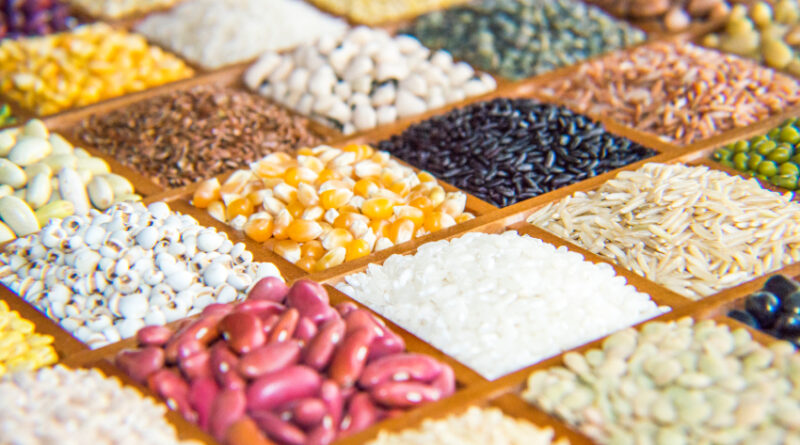India’s Summer Crop Acreage Jumps 11% with Paddy, Pulses, and Oilseeds Leading the Way
India’s summer crop sowing has witnessed a remarkable 11% increase, excluding coarse cereals, with paddy, pulses, and oilseeds all showing significant growth. Paddy cultivation has surged by 10%, reaching 28.42 lakh hectares, while pulses acreage has jumped by 24%, driven by increased cultivation of urad and moong. Oilseeds acreage has also seen a 4% rise, with groundnut and sesamum cultivation surpassing last year’s levels.
Highlights
Summer crop sowing sees a significant increase: Summer crop acreage, excluding coarse cereals, has surged by 11% compared to the previous year, with paddy, pulses, and oilseeds all witnessing growth.
Paddy cultivation expands: Paddy sowing has increased by 10%, reaching 28.42 lakh hectares compared to 25.88 lakh hectares last year, indicating a robust start to the summer season.
Pulses and oilseeds show promising trends: Pulses acreage has surged by 24%, mainly driven by increased cultivation of urad and moong. Oilseeds acreage has also seen a 4% rise, with groundnut and sesamum cultivation surpassing last year’s levels.
Regional variations in crop cultivation: Significant increases in summer paddy cultivation are observed in West Bengal, Tamil Nadu, and Telangana, indicating regional variations in agricultural activity.
Pre-monsoon rainfall patterns: Cumulative rainfall since March 1 shows deviations from the norm, with the northwest region experiencing a deficit while central India receives above-average precipitation. South peninsula and east/northeast India, however, have seen below-average rainfall during the same period.
Zaid crop cultivation progressing well: Despite challenges such as low reservoir levels in some states, the zaid season, which precedes the kharif sowing and follows the rabi harvest, is progressing favorably, reflecting resilience in agricultural practices.
Conclusion
The rise in summer crop acreage reflects a promising start to the agricultural season, with farmers showing resilience despite challenges like low reservoir levels in some states. Regional variations in crop cultivation highlight the diverse agricultural landscape of the country. The pre-monsoon rainfall patterns, with deficits in some regions and surpluses in others, emphasize the importance of sustainable agricultural practices to mitigate the impact of climate variability. Overall, the robust growth in summer crop cultivation sets a positive tone for India’s agricultural sector in the coming months.
This article has been republished from The Investing.com

